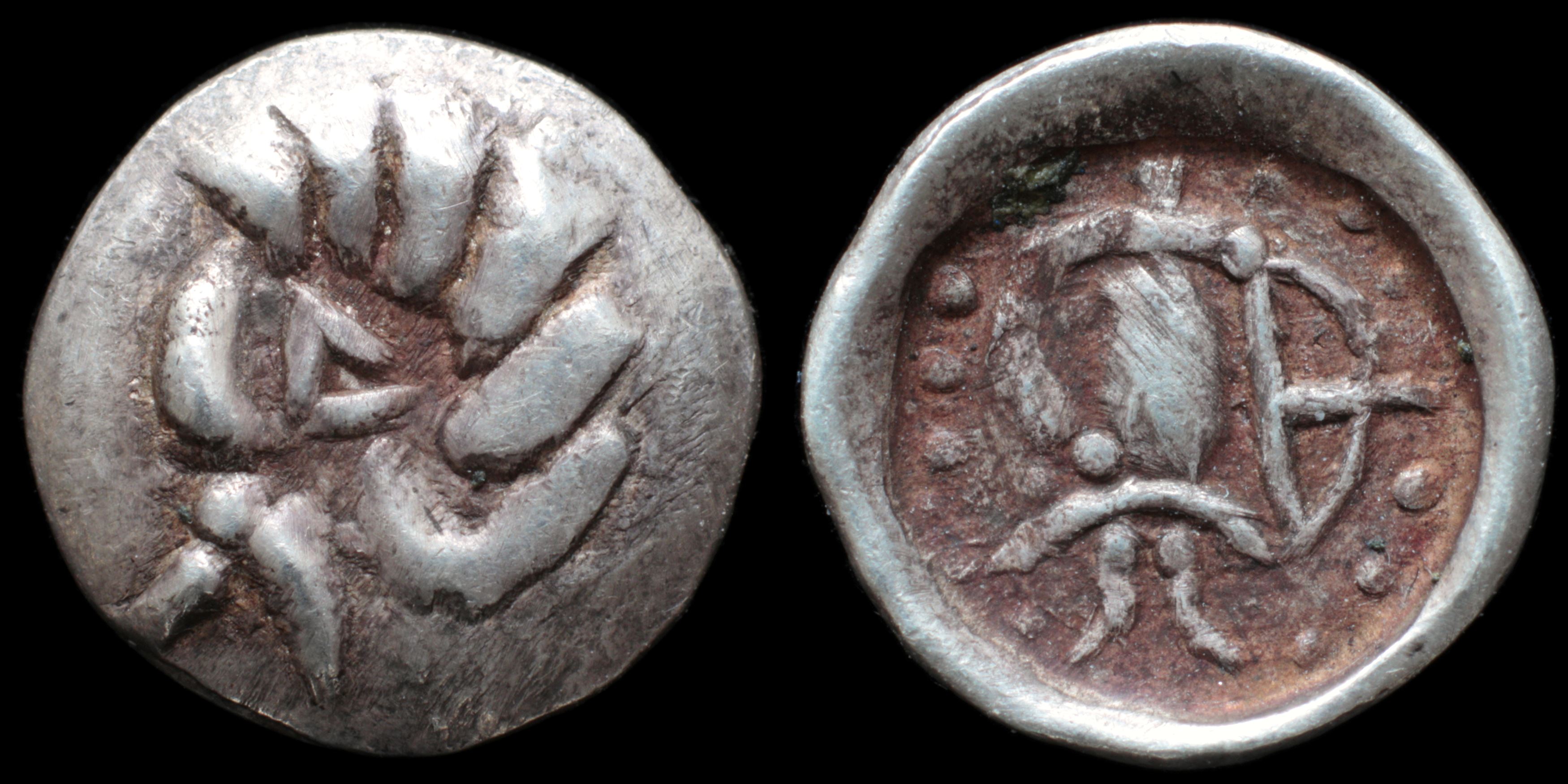Samarkand is one of the oldest inhabited cities in Central Asia, prospering from its location on the trade route between China and the Mediterranean (Silk Road).
Archeological excavations revealed evidence of human activity dating back to the Late Paleolithic era. The Syob and Darg'om canals, supplying the city and its suburbs with water, appeared around the 7th to 5th centuries BC (early Iron Age). There is no direct evidence when Samarkand was founded.
Samarkand has been one of the main centres of Sogdian civilization from its early days. By the time of the Achaemenid dynasty of Persia it had become the capital of the Sogdian satrapy.
Alexander the Great conquered Samarkand in 329 BC. Despite initial damage the city recovered rapidly and flourished under the new Hellenic influence.
Greek culture was introduced into Central Asia; for a time, Greek aesthetics heavily influenced local artisans. This Hellenistic legacy continued as the city became part of various successor states in the centuries following Alexander's death, i.e. the Seleucid Empire, Greco-Bactrian Kingdom and Kushan Empire (even though the Kushana themselves originated in Central Asia). After the Kushan state lost control of Sogdia, during the 3rd century AD, Samarkand went into decline as a centre of economic, cultural and political power.
Samarkand was conquered by the Persian Sassanians around 260 AD and later by the Hephtalites (Huns). They controlled it until the Göktürks, in an alliance with the Sassanid Persians, won it at the Battle of Bukhara. The Turks ruled over Samarkand until they were defeated by the Sassanids during the Göktürk–Persian Wars.
The armies of the Umayyad Caliphate under Qutayba ibn Muslim captured the city in circa 710 from the Turks. During this period, Samarkand was a diverse religious community and was home to a number of religions, including Zoroastrianism, Buddhism, Hinduism, Manichaeism, Judaism and Nestorian Christianity.
Archeological excavations revealed evidence of human activity dating back to the Late Paleolithic era. The Syob and Darg'om canals, supplying the city and its suburbs with water, appeared around the 7th to 5th centuries BC (early Iron Age). There is no direct evidence when Samarkand was founded.
Samarkand has been one of the main centres of Sogdian civilization from its early days. By the time of the Achaemenid dynasty of Persia it had become the capital of the Sogdian satrapy.
Alexander the Great conquered Samarkand in 329 BC. Despite initial damage the city recovered rapidly and flourished under the new Hellenic influence.
Greek culture was introduced into Central Asia; for a time, Greek aesthetics heavily influenced local artisans. This Hellenistic legacy continued as the city became part of various successor states in the centuries following Alexander's death, i.e. the Seleucid Empire, Greco-Bactrian Kingdom and Kushan Empire (even though the Kushana themselves originated in Central Asia). After the Kushan state lost control of Sogdia, during the 3rd century AD, Samarkand went into decline as a centre of economic, cultural and political power.
Samarkand was conquered by the Persian Sassanians around 260 AD and later by the Hephtalites (Huns). They controlled it until the Göktürks, in an alliance with the Sassanid Persians, won it at the Battle of Bukhara. The Turks ruled over Samarkand until they were defeated by the Sassanids during the Göktürk–Persian Wars.
The armies of the Umayyad Caliphate under Qutayba ibn Muslim captured the city in circa 710 from the Turks. During this period, Samarkand was a diverse religious community and was home to a number of religions, including Zoroastrianism, Buddhism, Hinduism, Manichaeism, Judaism and Nestorian Christianity.
Modern location: Samarkand, Uzbekistan

